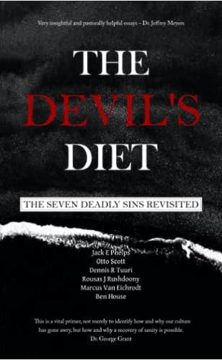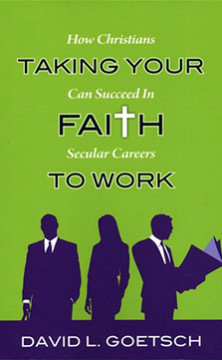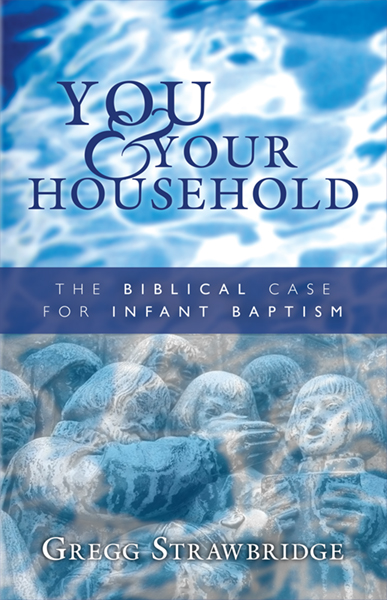Dear Friend,
You inquired so honestly about why I am committed to a Reformed vision of life, that I feel compelled to at least give you a brief overview.
First, it’s important to note that I am Reformed in the catholic sense. By “catholic,” I mean in the sense that I have high regard for other traditions. While I am committed to particular features of the 16th Century Protestant Reformation (see below), I am in no way committed to abiding by every doctrine that sprung from that era. However, when I do disagree with my forefathers, I don’t do it flippantly, but with tremendous respect and caution. They were so loyal to the Scriptures that when I disagree with their interpretation I do it with as much humility I can muster.
Second, I am compelled by the Reformed faith because it exalts God to a place of highest honor. Of course, other traditions exalt God, but the Reformed faith places God as the center of all thinking, living, doing, and abiding. In a culture so heavily invested in the wants and desires of men, the Reformed tradition places the glory of God above all earthly glories.
Third, and perhaps one of the central aspects that drew me to the theology of Calvin, Luther, and Bucer was their immense love for the Holy Bible. The Bible was for them the central and primary authority over all matters of faith and practice. Instead of relying on methods of apologetics that excuse or draws us away from the text, the Reformed faith is unapologetically biblical. God is and therefore everything flows from that presupposition.
Fourth, and I owe this largely to Martin Luther, but what draws me more and more every day to the Reformed faith is its principle that when you sing you pray twice (see Augustine). Luther believed that the congregation needed to be committed to singing God’s words and sound theology. I still recall my first experience in a Reformed church and singing:
His kingdom cannot fail;
He rules o’er earth and heav’n.
The keys of death and hell
To Christ the Lord are giv’n.
I never heard such piercing and powerful lyrics. For the Reformed, the congregation is the choir.
Finally, I am Reformed because of Abraham Kuyper’s mission to apply the Christian faith to every sphere of life. He once wrote: “There is not a square inch in the whole domain of our human existence over which Christ, who is Sovereign over all, does not cry, Mine!” For the Reformed, to be a Christian is not just a state of being, but a verb. A Christian christianizes. He brings the joys of heaven to everything he touches on earth.
If I had more time, I’d talk about the Church and how the Reformation renewed a true vision of the Church, but I think my outline above should suffice. Again, thanks for your question and I am looking forward to your feedback.
Yours Truly,
Uri
Read more


























